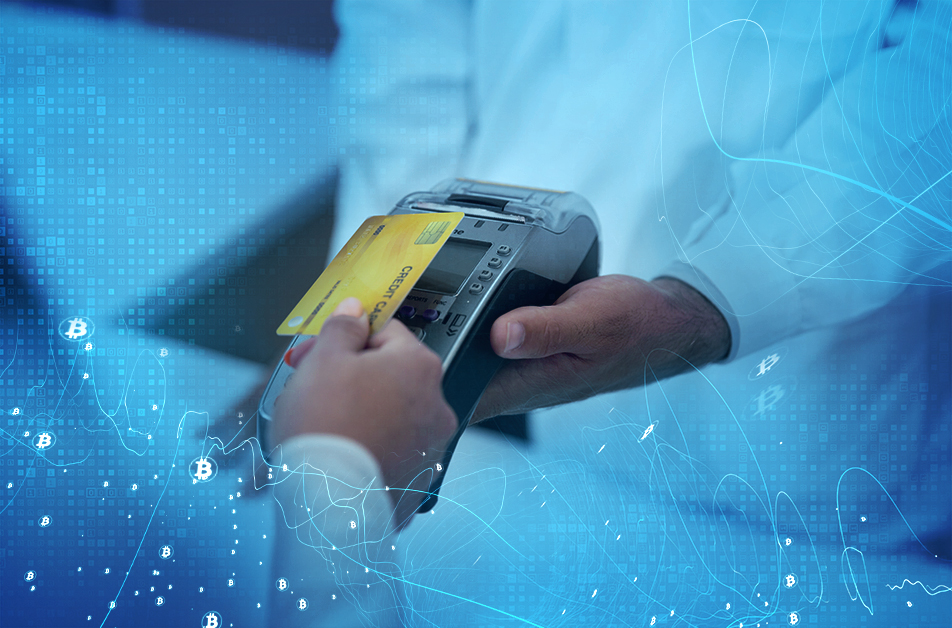
COVID-19 has changed many aspects of daily life since it first emerged. One key area of change that impacts the retail banking and payments industry is the channels through which consumers browse, purchase, and pay for goods and services.
In addition to the pandemic, the Great Resignation, changing regulatory pressure, new data sources, and increased global attention to virtual currency are all affecting how people and organizations conduct transactions. Financial institutions have already been adjusting their business models to keep up with consumer expectations, and 2022 will be a year for continued growth in this space.
Aite-Novarica Group has several predictions for what is in store in the retail banking and payments industry in 2022. A few of these forecasted areas of interest include:
- The transformation of the point-of-sale payment terminal market.
The traditional payment ecosystem is fundamentally changing. Contactless payment technology, which was already increasing in popularity as smartphones became ubiquitous, has been rapidly adopted during the pandemic. Digital payments are becoming the norm even in industries that were relying on traditional methods of payment in recent years. In addition, APIs are helping smooth out the implementation of new platforms and technologies that are driving changes to point-of-sale payment terminals. Advances in this area are likely to continue flourishing. - Buy now, pay later going mainstream.
The prevalence of buy now, pay later (BNPL) is only going to keep increasing. Financial institutions are likely to enter this space, offering BNPL options to customers. Not only will BNPL options be presented in stores, but they will become a standard form of payment. This means regulators will take notice and become active in this space. - Cryptocurrency becoming an accepted payment type.
Various cryptocurrencies have gained lots of press in recent years. Governing bodies and financial institutions may not have reached a consensus on these forms of payment, but their adoption rate is growing. This movement will not slow down, and more and more consumers will be looking for options to pay with cryptocurrencies. - Payments being embedded throughout the customer journey.
As globalization continues, businesses have more options when it comes to how to provide services and who they conduct business with. For financial services providers, staying competitive will mean the ability to offer a global managed payment network that is simple to access. Saving companies time and eliminating complications across the customer journey will make providers more desirable services partners. In some cases, this may mean revisiting discussions about prepaid transactions.
There is much more in store for financial institutions and service providers in this space in the upcoming year. To learn more about what 2022 holds for retail banking and payments, register here for tomorrow’s webinar covering these trends.
If you can’t make it, don’t worry! You can read the full list of predictions in Aite-Novarica Group’s report Top 10 Trends in Retail Banking & Payments, 2022: From Disruption to Transformation or reach out to me at [email protected].

